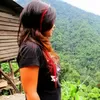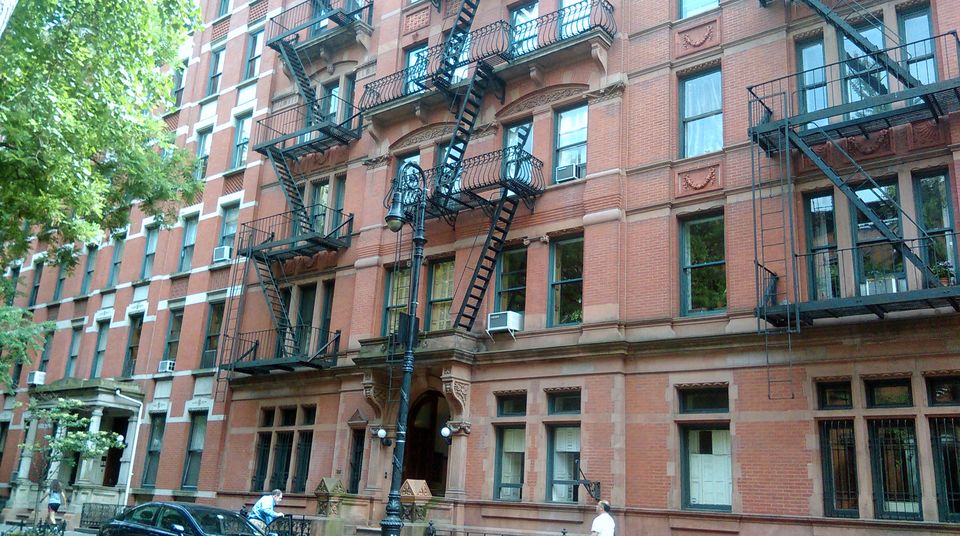
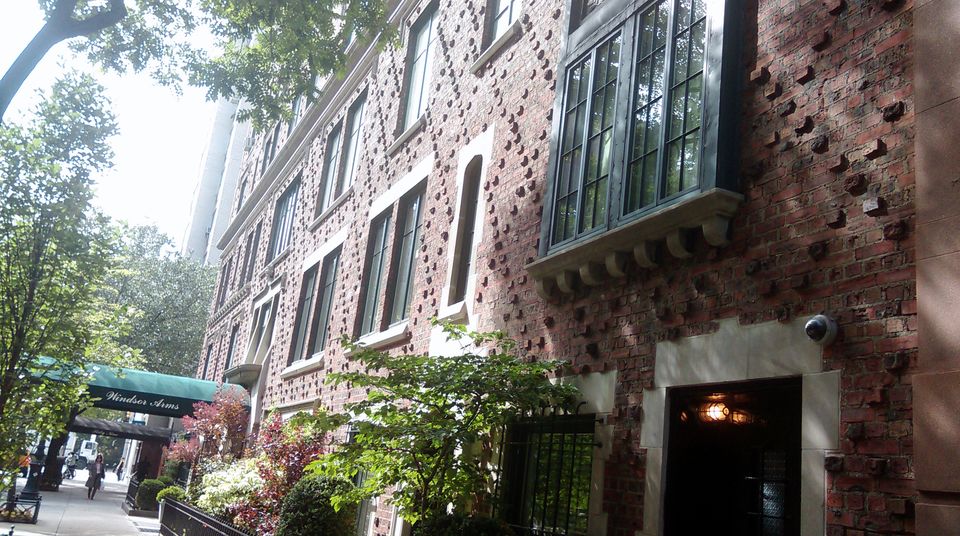
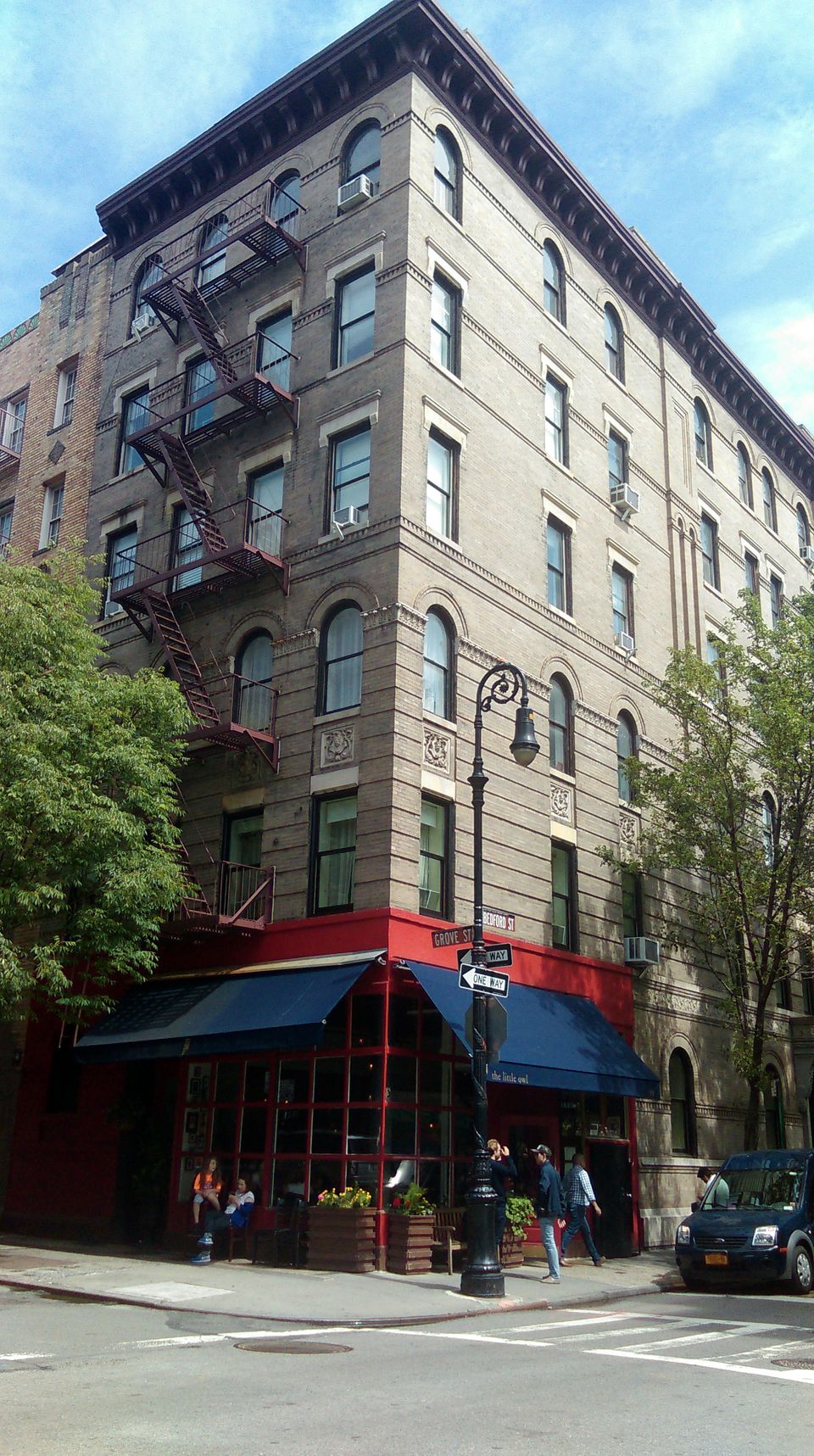
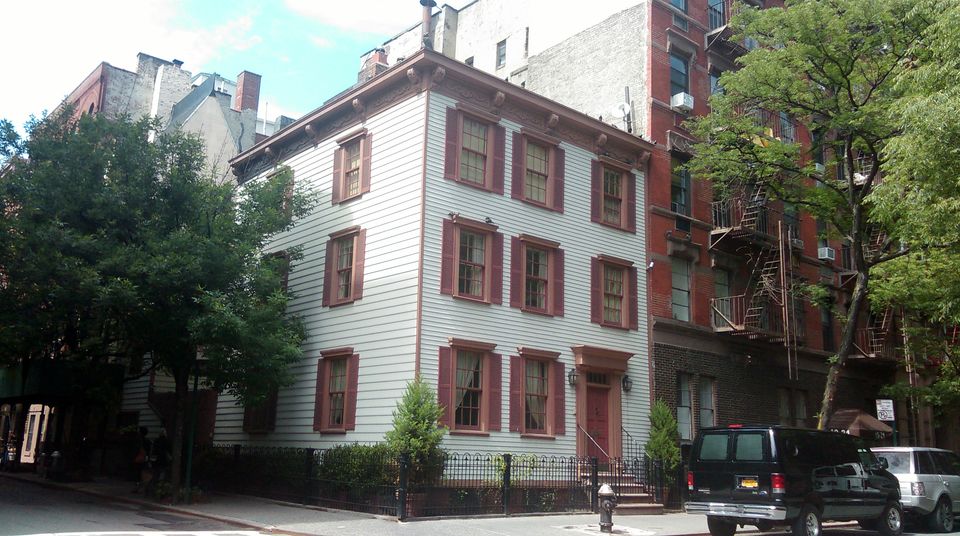

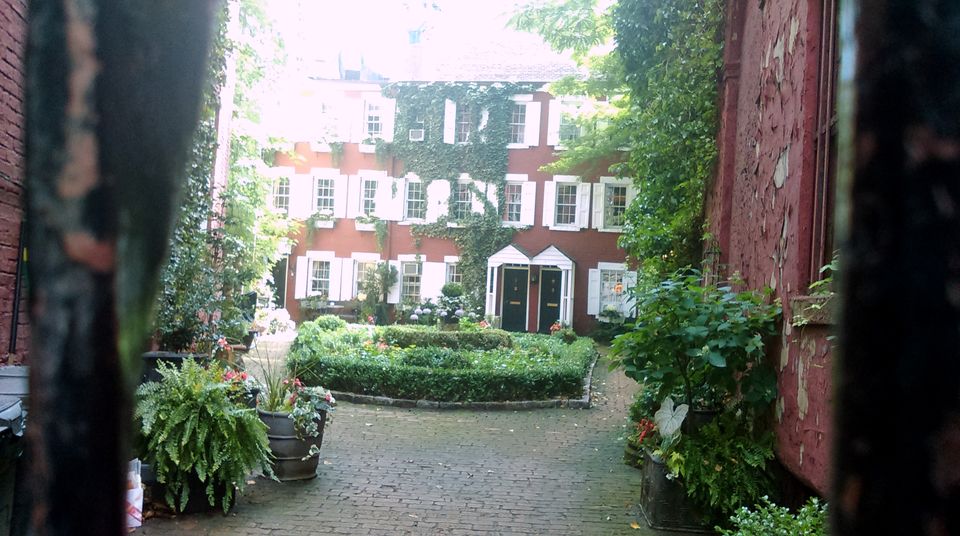
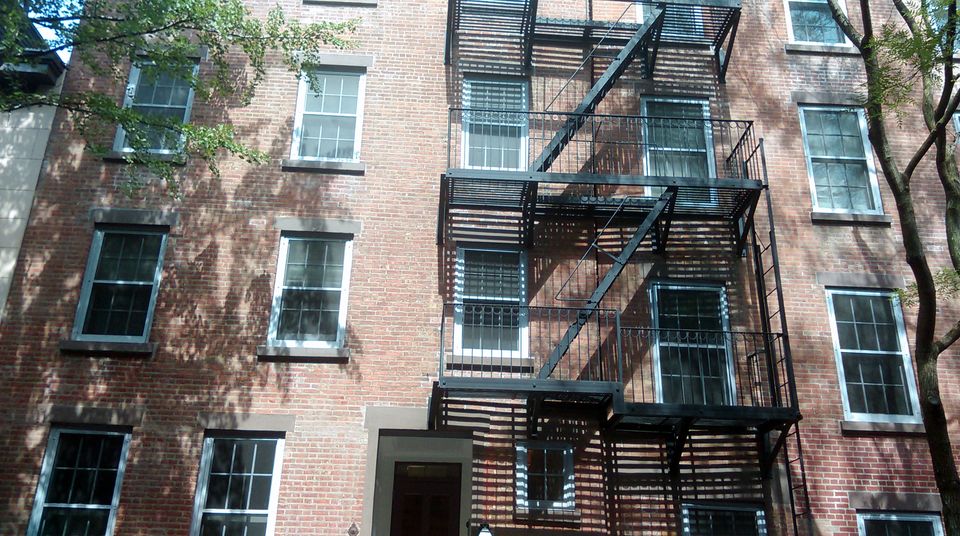
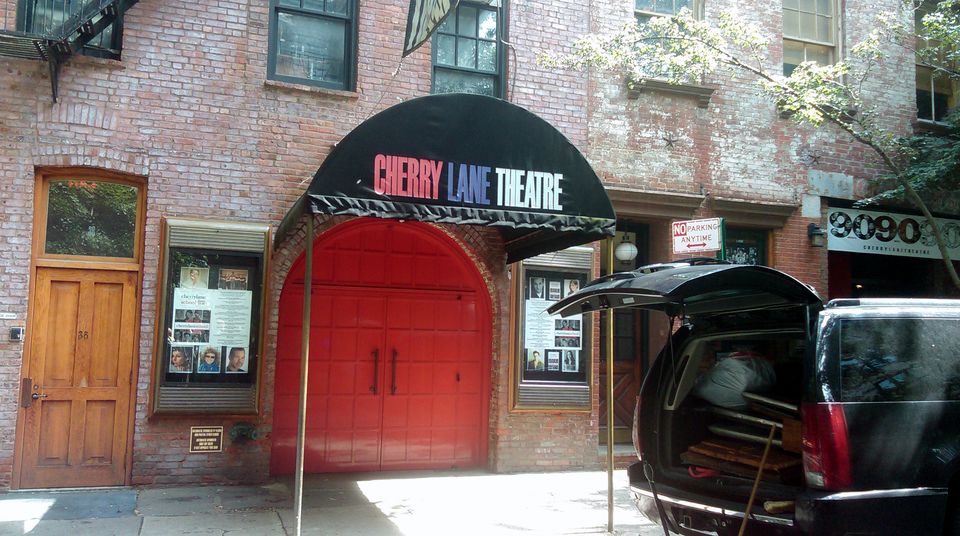
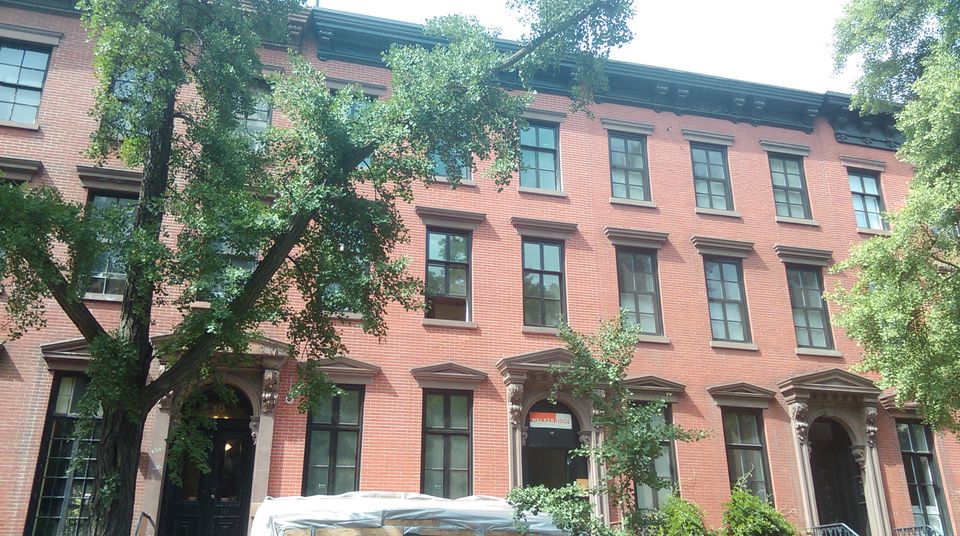
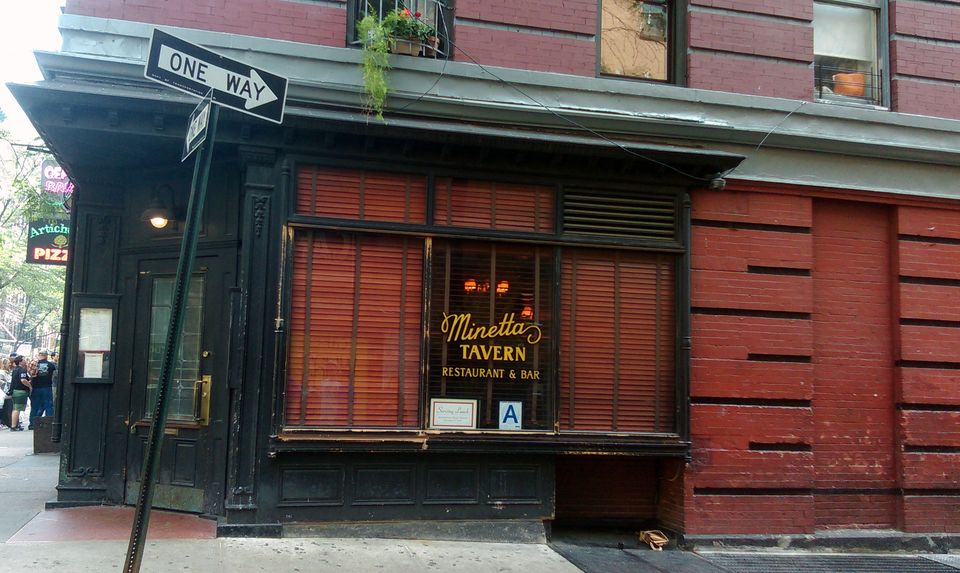
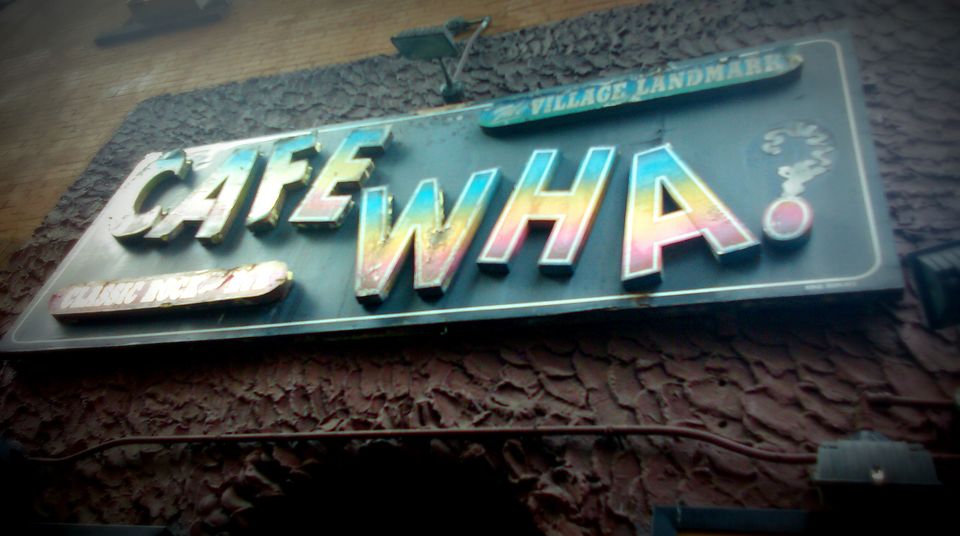
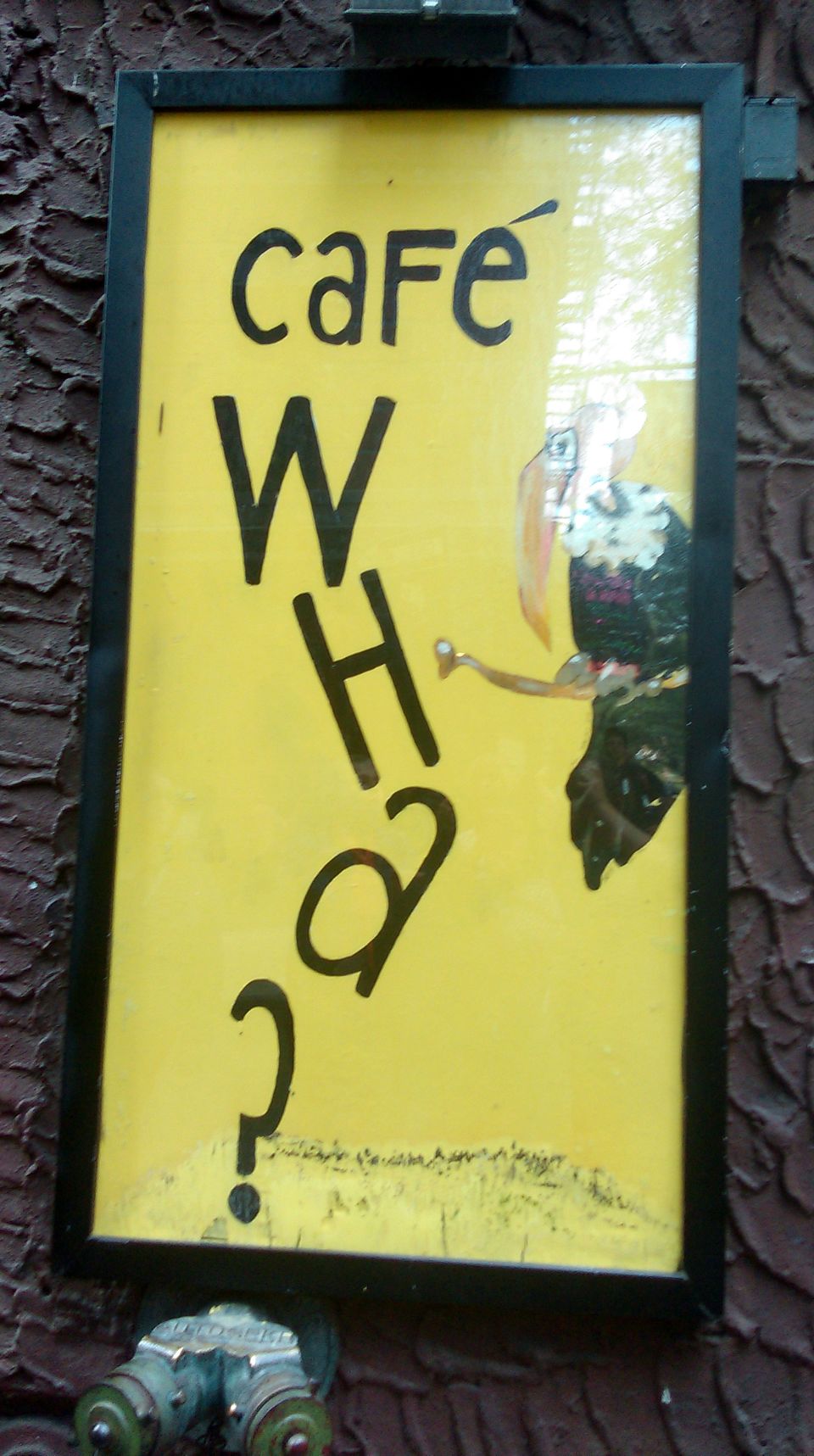

Resting in downtown Manhattan, Greenwich Village – popularly called The Village – is a quaintly picturesque neighbourhood. Home to the Bohemians and Beatniks and cradle of the modern LGBT movement, The Village is known for its liaisons with everything radical and nonconforming. And remnants from this iconoclastic past lie scattered everywhere, behind a closed door here or in a patch of green there. So it is little wonder that a walking tour of this charming district turns out to be a truly fascinating experience.
The walking party is led by Renee, one of the most engaging tour guides I have walked with in recent times. A former reporter, Renee says she loves taking this tour because of the unique history and culture of the neighbourhood. The first place on the tour is the Stonewall Inn on Christopher Street between sixth and seventh avenues. We stop outside the bar and Renee takes us back to the summer of 1969 when the first gay riots are sparked off at this site leading to Gay Civil Rights in the United States. Also called the Stonewall Riots, this rebellion is instrumental in altering the social and political atmosphere of not just America but several European Countries.
We then amble around the quiet tree lined streets of The Village, admiring its lovely brick and brownstone townhouses. We walk past Arthur’s Tavern, the oldest, consistently used Jazz club in New York City. We turn onto the Grove Court, a quiet secluded neighbourhood with charming brick-row houses. We learn that this is one of Manhattan’s most sought after residential neighbourhoods, with house prices going up to $2 million. And then at the crossroads of the Grove Street and Bedford Street, we come across the Friends apartment building, undoubtedly the highest point of the tour for me. There is no Central Perk and no ‘ugly naked guy’ across the apartment. There is, however, a restaurant called the Little Owl, which Renee says, dishes out great meatball sliders.
At the turn of the century, the Greenwich Village, for its bohemian neighbourhood and low rents, is known to have been a veritable paradise for writers, poets and playwrights, earning for itself the sobriquet ‘The District of High Art and Low Rent’. As we walk, Renee points out the living quarters of some of the stalwarts of the literary world – the brick house where Edgar Allan Poe is said to have written “The Raven”, the Grove Court residence of O’Henry where he is known to have penned “Gift of the Magi” and also the secluded house on 10th Street where Mark Twain is known to have lived briefly. In a cool shaded part of Commerce Street, we come across an 1836 brick building. It is the Cherry Lane Theatre and it bears testimony to the district’s penchant for experimental theatre.
The Village really spreads out like a sheet of history in all directions. Just when I begin to feel that I've seen the best of Greenwich, I am enthralled by the little gems on MacDougal Street. The Minetta Tavern, a bright red brick building reeking of antiquity is the site of the Black Rabbit speakeasy during Prohibition. The building at number 116 is home to the shut-down Gaslight Cafe, one of the prominent 1960s folk music clubs. And the one at number 115 is the original Cafe Wha?, the place where Bob Dylan is known to have made his New York début. A notice on the door catalogues a few of the famous names who have played here: Jimi Hendrix, Jerry Lee Lewis and the Velvet Underground to name a few. To imagine these legendary musicians fill the smoky late-night basement bars and cafes with their soul stirring music is sure to leave one in a state of surreal intoxication.
Time seems to have broken into a gallop and before I realize, we are at the last point of the tour. Washington Square Park is a refreshing patch of green amidst the urban milieu. The rap and jazz musicians playing at the park lend the place a languorous sense of happiness. Renee gathers the walking party beneath the stately Memorial Arch and delivers a final address on how the park has been a gathering area for the Beat generation, folk and Hippie movements of the 1950s and 1960s.
I thank her and make my way to the centre of the park where the band is starting to get the crowd on its feet. I take off my shoes and sit down comfortably, the soft grass feeling like velvet beneath my tired feet. They have just started singing Mr Tambourine Man and have promised to sing Blowin’ in the Wind. A bunch of NYU students raise their bottles of Brooklyn Summer Ale and merrily shout out "Cheers to Mr Dylan”.

